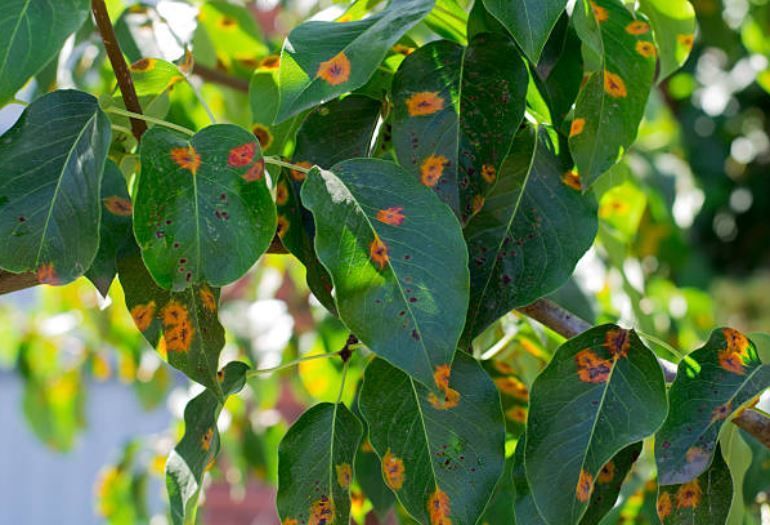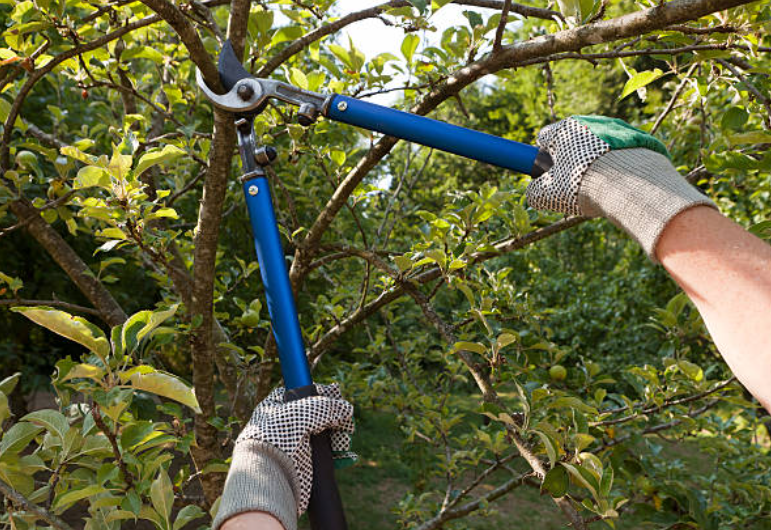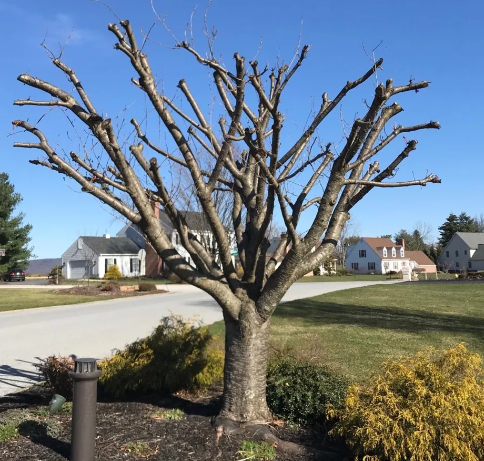Common Tree Diseases in Texas: Prevention and Treatment
Texas is renowned for its diverse and vibrant landscapes, filled with a variety of trees that thrive in its unique climate. However, alongside the beauty of these trees comes the threat of various diseases that can harm and kill them. This article will delve into five of the most prevalent tree diseases in Texas—oak wilt, hypoxylon canker, fire blight, pecan scab, and bacterial leaf scorch. By understanding what these diseases are, which trees they affect, and implementing prevention strategies, you can help safeguard the health and longevity of your beloved trees.
Oak Wilt
What is Oak Wilt? Oak wilt is a devastating fungal disease caused by the fungus Ceratocystis fagacearum. It primarily affects oak trees and disrupts their water-conducting vessels, resulting in wilting, browning leaves, and eventual death.
Affected Trees: Oak wilt predominantly targets oak species such as live oak, red oak, and Spanish oak.
Prevention: To prevent oak wilt, avoid pruning oak trees during the active transmission periods, which typically occur from February to June. If pruning is necessary, seal wounds with a tree wound paint to deter the spread of fungal spores.
Treatment: If a tree contracts oak wilt, rapid action is necessary. Professional fertilization treatment includes fungicide injections and isolating infected trees to prevent further spread.
Hypoxylon Canker
What is Hypoxylon Canker? Hypoxylon canker, caused by the fungus Hypoxylon atropunctatum, affects stressed or weakened trees, leading to cankers, decay, and branch dieback.
Affected Trees: This disease targets a wide range of hardwood trees, including oaks, hickories, and pecans.
Prevention: Focus on maintaining tree health by providing proper watering, mulching, and avoiding mechanical injuries. Regularly inspect trees for early signs of infection.
Treatment: Infected branches should be pruned to prevent the spread of the disease. Improve tree vigor by addressing underlying stress factors.

Fire Blight
What is Fire Blight? Fire blight, caused by the bacterium Erwinia amylovora, affects a variety of fruit trees, causing wilting, blackened leaves, and a scorched appearance.
Affected Trees: Fruit trees like apple, pear, and ornamental trees such as hawthorn and cotoneaster are susceptible.
Prevention: Prune affected branches during dry weather, disinfecting tools between cuts. Choose resistant cultivars, and ensure trees are properly spaced for good airflow.
Treatment: Infected branches should be pruned at least 12 inches below the affected area. Copper-based sprays can be applied during dormant periods.
Pecan Scab
What is Pecan Scab? Pecan scab, caused by the fungus Fusicladium effusum, targets pecan trees and leads to dark lesions on leaves, nuts, and shucks.
Affected Trees: Pecan trees are most vulnerable to this disease.
Prevention: Employ cultural practices such as proper spacing, pruning for air circulation, and raking and destroying fallen leaves and nuts to minimize overwintering spores.
Treatment: Regular application of fungicides during the growing season can help control pecan scab.
Bacterial Leaf Scorch
What is Bacterial Leaf Scorch? Bacterial leaf scorch, caused by the bacterium Xylella fastidiosa, affects numerous tree species, leading to marginal leaf browning and premature leaf drop.
Affected Trees: A wide range of trees including oak, sycamore, maple, and sweetgum can be susceptible.
Prevention: Maintain tree health by providing proper irrigation and fertilization. Reduce stressors such as compacted soil and mechanical damage.
Treatment: Although there's no cure for bacterial leaf scorch, professional arborists may recommend antibiotics to manage symptoms and prolong the tree's life.
Conclusion
Protecting your trees from these common diseases requires vigilance and proactive care. Regular inspection, proper maintenance, and timely intervention are the keys to preserving the health and beauty of your Texas trees. By understanding the nature of each disease, the trees they affect, and implementing preventative measures, you can ensure that your landscape remains a thriving and vibrant testament to Texas' natural splendor. If you're uncertain about the health of your trees or require assistance, don't hesitate to consult with a
professional tree service company for expert guidance.
You might also like

Book a Service Today
We will get back to you as soon as possible
Please try again later


